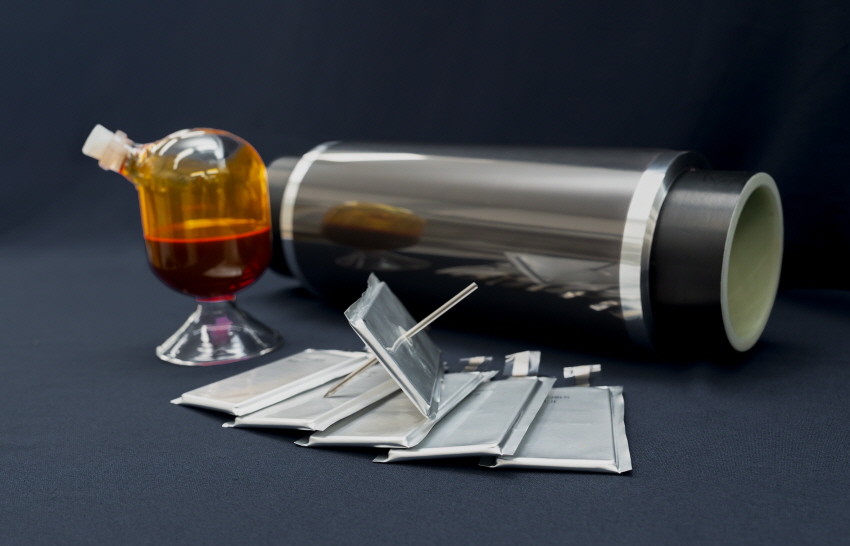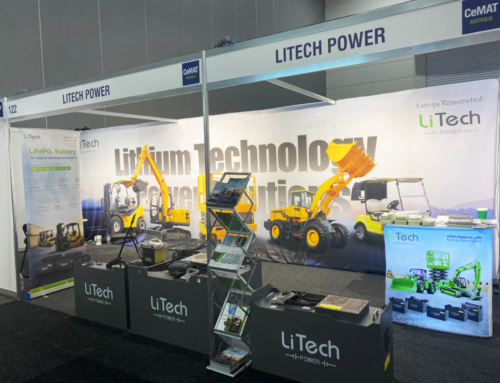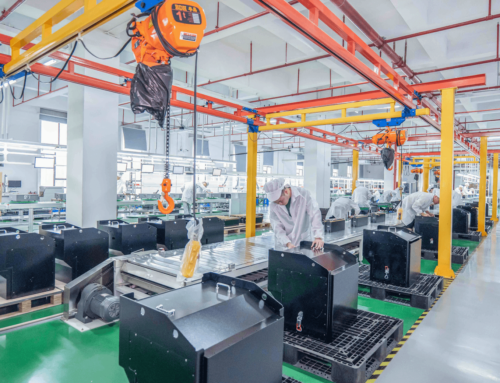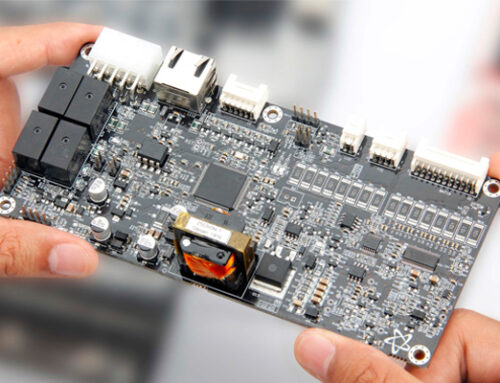Lithium-ion Battery Safety
This is Huge! LG CHEN may have solved the biggest challenge in lithium safety technology – thermal runaway. LG team finds key to suppressing thermal runaway in batteries.
The whole world is struggling with lithium safety, but so far no perfect solutions for lithium technology, there are many new chemistry/technology coming out to the market, non of them is already in mass production and they are over priced or they are too low energy dense as lithium-ion.
Like solid-state battery and sodium-ion batteries, theoretically those should be way much cheaper than lithium, but due to the technology is not mature plus those are not yet in mass production, all facts result in the high cost, another big negative is those materials have way much less energy density v.s lithium, so those new chemistry batteries will be only used on some particle devices which do not need high density battery.
Lithium-iron phosphate (LFP) is already very safe, and its density is also very much close to lithium-ion (NCM), it is already widely used on so many different devices, however comparing with lithium-ion batteries(NCM), its density is also less, this is also the main reason why LG Chem is only dedicated to lithium-ion batteries(NCM) technology, now their tangible research will change the industry and also change the whole world.
LG Chen team published their new research in a leading scientific journal, their team developed a SRL (Safety reinforced later) to suppress thermal runaway.

Here is the original article from LG corp below.
“Prevents EV Fires Like a Fuse”
LG Chem Finds Key to Suppressing Thermal Runaway in Batteries
■ Developed temperature-responsive material to suppress thermal runaway; Paper published in a leading scientific journal
□ Temperature-responsive material as thin as 1/100 the diameter of a human hair, placed inside the battery cell
□ Acts as a “fuse” to block the reaction path at the early stages of overheating
□ Research paper published in Nature Communications, one of the world’s top scientific journals, in September
■ Lee Jong-gu, CTO, stated:
“This is a tangible research breakthrough that can be applied to mass production in a short period.”
“We will enhance safety technologies so that customers can use electric vehicles with confidence, and further strengthen our competitiveness in the battery market.”
LG Chem Develops New Material to Suppress Thermal Runaway, Preventing Battery Fires at the Early Stage
LG Chem announced on the 1st that its Platform Technology R&D team, under the CTO division, has developed a temperature-responsive Safety Reinforced Layer (SRL), a material designed to suppress thermal runaway. In collaboration with Professor Lee Minah’s team from the Department of Battery Science at POSTECH, the material was analyzed, while the safety verification was conducted in partnership with LG Energy Solution. The research findings were published online in the September edition of Nature Communications, one of the world’s leading scientific journals.
*Paper title: “Thermal Runaway Prevention through Scalable Fabrication of Safety Reinforced Layer in Practical Li-ion Batteries”
The thermal runaway suppression material developed by LG Chem is a composite material that changes its electrical resistance based on temperature, acting as a “fuse” that blocks the flow of electricity in the early stages of overheating.
The research team created this thermal runaway suppression material in the form of a thin layer, just 1 micrometer (1μm) thick—about 1/100th the thickness of a human hair—positioned between the cathode layer and the current collector (an aluminum foil that acts as the electron pathway) in the battery. When the battery’s temperature rises beyond the normal range, between 90°C and 130°C, the material reacts to the heat, altering its molecular structure and effectively suppressing the flow of current.
This thermal runaway suppression material is highly responsive to temperature, with its electrical resistance increasing by 5,000 ohms (Ω) for every 1°C rise in temperature. The material’s maximum resistance is over 1,000 times higher than at normal temperatures, and it also features reversibility, meaning the resistance decreases and returns to its original state, allowing the current to flow normally again once the temperature drops.
Thermal runaway, a leading cause of electric vehicle battery fires, occurs when the cathode and anode inside the battery unintentionally come into direct contact, causing a short circuit and generating heat. Within seconds, the temperature can rise to nearly 1,000°C, leading to a fire. The thermal runaway suppression material is expected to be effective in preventing fires by quickly blocking the reaction path at the early stages of overheating.
In both battery impact and penetration tests, the batteries equipped with the thermal runaway suppression material either did not catch fire at all or extinguished the flames shortly after they appeared, preventing a full-blown thermal runaway event.
In a penetration test involving mobile LCO (Lithium Cobalt Oxide) batteries, where a nail was used to puncture the battery, only 16% of regular batteries did not catch fire. However, none of the batteries with the thermal runaway suppression material experienced any fire incidents.
In an impact test on NCM (Nickel Cobalt Manganese) batteries for electric vehicles, where a 10kg weight was dropped onto the batteries, all of the standard batteries caught fire. In contrast, 70% of the batteries equipped with the thermal runaway suppression material did not ignite at all, while the remaining 30% saw flames, but they were extinguished within seconds.
While previous methods involved placing temperature-responsive materials inside the battery cell, they often faced issues with slow reaction times or reduced energy density. LG Chem, however, has successfully developed a material that resolves such issues, backed by their expertise and patented material design, allowing for rapid application in mass production processes.
LG Chem has completed safety verification tests for the thermal runaway suppression material in mobile batteries and plans to continue safety testing for large-capacity electric vehicle batteries through next year.
Lee Jong-gu, CTO of LG Chem, stated, “This is a tangible research achievement that can be applied to mass production in a short period of time. We will enhance safety technology to ensure customers can use electric vehicles with confidence and contribute to strengthening our competitiveness in the battery market.”
※ Paper Information
– Title: Thermal Runaway Prevention through Scalable Fabrication of Safety Reinforced Layer in Practical Li-ion Batteries
– Lead Author: In-taek Song, Senior Researcher (Professional), LG Chem
– Corresponding Authors: Ki Hwan Kim, Research Fellow, LG Chem; Minah Lee, Professor, POSTECH
– Material Verification and Analysis: POSTECH, LG Energy Solution






Leave A Comment